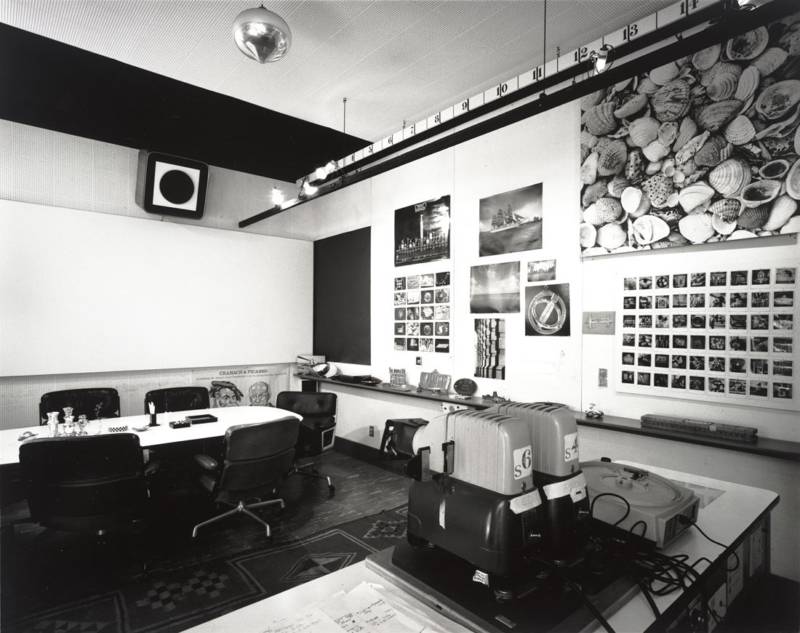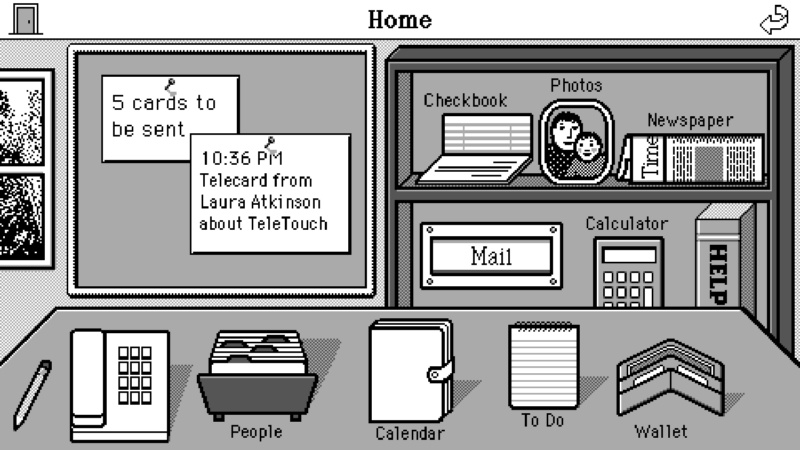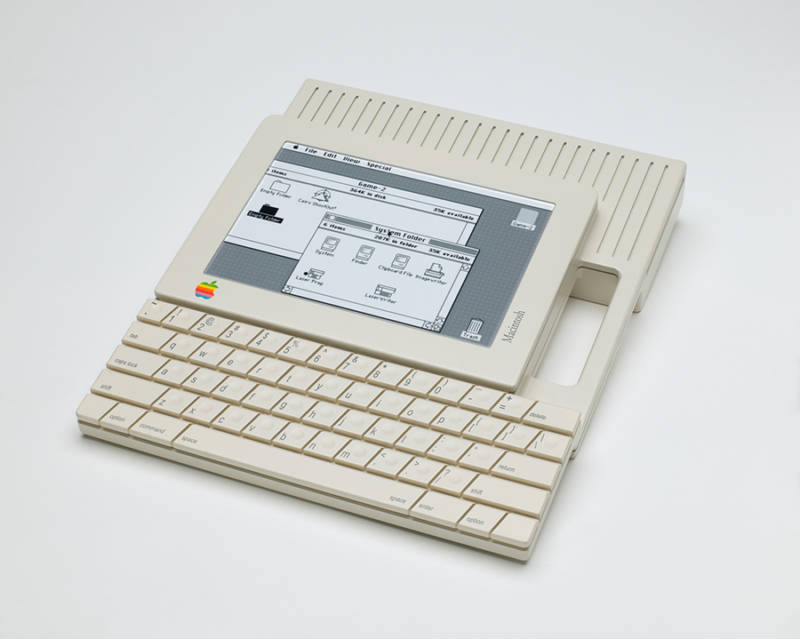If you visit the latest architecture and design exhibit at SFMOMA and begin to wonder if you accidentally stumbled into an electronics show, you’re probably in the right place.
To the left near the gallery entrance stands a large white Tesla Powerwall, bearing a prominent Tesla logo. On the adjacent shelf is a Google Nest thermostat and, above it, a 3DR Solo quadcopter drone with an attached camera.
Such tech devices — all Designed in California, the exhibit’s title — are a peculiar greeting to a show at an art museum. That’s partially because they’re all commercially available products, some of which are very new. Case in point: also near the entrance, under plexiglass and with title card, is a Google Home Mini, the tech giant’s virtual assistant unveiled for public sale just three months ago.
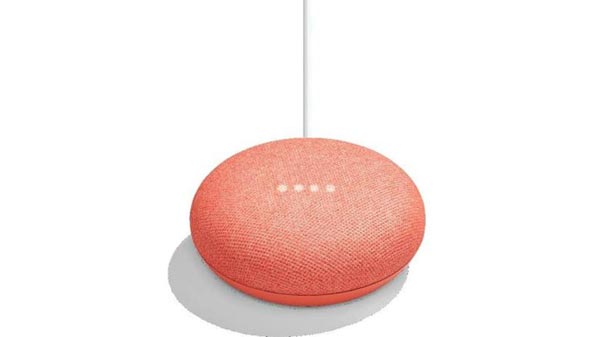
Is this art? Even if it is, it also feels like SFMOMA is signaling something. Much has been made in the past five years about tech workers’ lack of engagement with the arts in the Bay Area, and specifically about tech companies’ apparent reluctance to support arts organizations financially. Every arts organization in the Bay Area has wondered, in boardrooms and annual reports, how to turn this around.
I won’t go so far as to say that Designed in California is an advertisement for tech — there’s more to the exhibit than the designs of Silicon Valley — but the three-month-old Google Home Mini, especially, feels like a signifier, a willingness to engage. (Were a curious CEO wondering how their company’s contribution might manifest at the museum, they’d need look no further than the large North Face tent prominently positioned in the center of the exhibit’s room. The North Face, visitors will note at the entrance, is a corporate sponsor of Designed in California.)
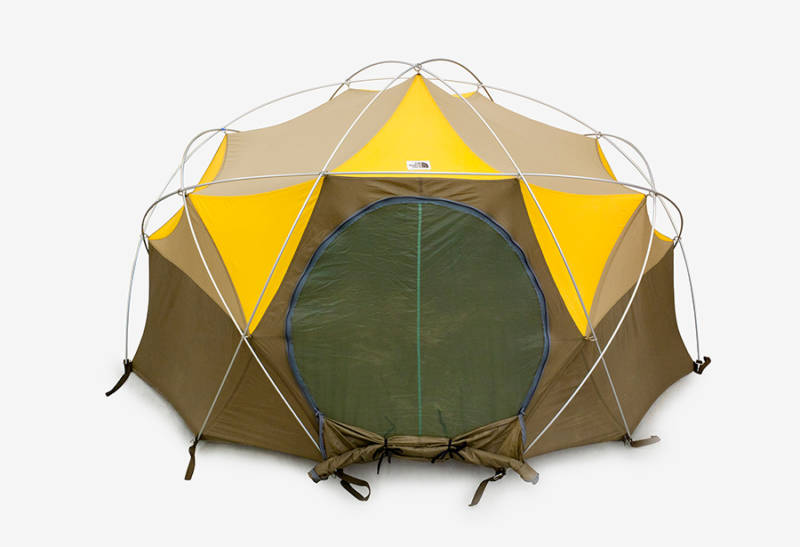
What I will say is that Designed in California is a fun, jagged whisk through some of the state’s innovations of the past half-century. There is a fascinating through-line to be drawn from mid-century design concepts to the tech of today, but with a non-chronological layout, the exhibit leaves it largely up to the viewer to connect the dots between Ray and Charles Eames, the Ant Farm Collective, the Whole Earth Catalog and the 1973 how-to bible Nomadic Furniture on up to the tech devices of the 1980s and today.

